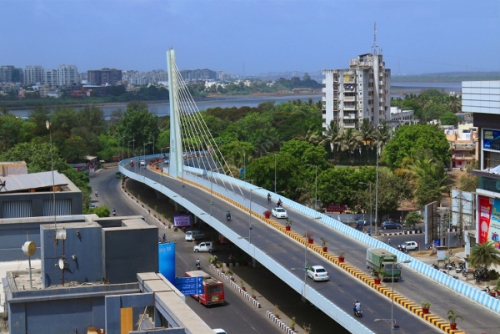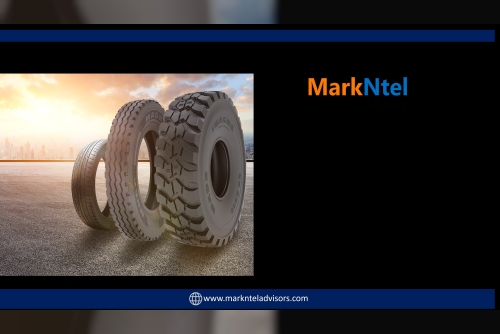A well-functioning sewer line is essential for maintaining a clean and healthy home. When issues arise with your sewer line, they can quickly escalate into significant problems, leading to unpleasant odors, potential health hazards, and costly repairs. Comprehensive sewer line cleaning and repair services play a crucial role in keeping your plumbing system running smoothly. In this blog, we’ll explore why sewer line cleaning maintenance is vital, the signs of problems, and the benefits of professional cleaning and repair services.
Why Sewer Line Maintenance is Crucial
Your sewer line is responsible for carrying wastewater from your home to the municipal sewer system or a septic tank. Over time, various factors can affect its performance, including:
1. Clogging: Accumulation of grease, hair, soap scum, and foreign objects can lead to blockages. These clogs restrict the flow of wastewater and can cause backups or overflows.
2. Tree Root Intrusion: Tree roots are naturally drawn to the moisture in sewer lines. They can invade and infiltrate the pipes, leading to blockages and potential damage.
3. Pipe Corrosion: Over time, pipes can corrode due to age, soil conditions, or chemical reactions. Corroded pipes may develop leaks or become compromised.
4. Pipe Damage: External factors such as shifting soil, heavy traffic, or construction activities can damage sewer lines, causing leaks or breaks.
5. Aging Infrastructure: Older homes with outdated plumbing systems may have sewer lines that are prone to frequent issues due to their age and materials.
Signs of Sewer Line Problems
Detecting sewer line issues early can prevent more significant problems and expensive repairs. Here are common signs that your sewer line may need attention:
1. Slow Drains: If multiple drains in your home are slow or clogged, it may indicate a blockage or issue with the main sewer line.
2. Foul Odors: Unpleasant odors coming from drains or yard areas can signal a sewer line problem, such as a leak or backup.
3. Gurgling Sounds: Gurgling noises from drains or toilets may indicate trapped air in the pipes, often caused by a partial blockage in the sewer line.
4. Sewage Backups: If you experience backups of sewage in your sinks, tubs, or toilets, it’s a clear sign of a serious issue with your sewer line.
5. Lush Patches in the Yard: Unusually green and lush patches of grass in your yard can indicate a sewer line leak or overflow, as the soil receives extra nutrients from the wastewater.
6. Low Water Pressure: A drop in water pressure can be related to sewer line issues, especially if the problem is affecting the main water line as well.
Benefits of Professional Sewer Line Cleaning and Repair Services
Addressing sewer line issues requires specialized knowledge and equipment. Here are the key benefits of hiring professionals for sewer line cleaning and repair:
1. Expert Diagnosis: Professional plumbers use advanced diagnostic tools such as video cameras to inspect the interior of your sewer lines. This allows them to accurately identify blockages, leaks, or structural issues.
2. Effective Cleaning: High-pressure water jetting is a common method used by professionals to clear stubborn clogs and debris from sewer lines. This method is effective in removing grease, tree roots, and other blockages that may not be cleared with standard methods.
3. Thorough Repairs: Professionals have the expertise to perform necessary repairs or replacements. They can address issues such as pipe corrosion, cracks, or breaks using techniques such as trenchless pipe repair, which minimizes disruption to your property.
4. Preventive Maintenance: Regular cleaning and maintenance services help prevent future problems. Professionals can recommend a maintenance schedule and provide tips to avoid common issues such as grease buildup or root intrusion.
5. Compliance with Regulations: Sewer line repairs must meet local building codes and regulations. Professional plumbers ensure that repairs are performed according to standards, avoiding potential legal and safety issues.
6. Long-Term Savings: Addressing sewer line issues promptly can save you money in the long run by preventing more severe problems and costly emergency repairs.
The Sewer Line Cleaning Process
Here’s an overview of what you can expect during a professional sewer line cleaning service:
1. Inspection: The plumber will conduct a thorough inspection using a video camera to assess the condition of the sewer line. This helps identify the location and nature of any blockages or damage.
2. Cleaning: If blockages are detected, the plumber will use high-pressure water jetting to clean the sewer line. This method involves blasting water through the pipes at high pressure to dislodge and remove debris.
3. Repair: If the inspection reveals any damage or structural issues, the plumber will recommend appropriate repair methods. This may involve replacing damaged sections of pipe, repairing joints, or addressing root intrusion.
4. Testing: After cleaning and repairs, the plumber will test the sewer line to ensure that it is functioning correctly and that there are no remaining issues.
5. Final Inspection: A final inspection may be conducted to confirm that the sewer line is in good condition and that the problem has been resolved.
The Sewer Line Repair Process
If repairs are needed, here’s what typically happens:
1. Assessment: The plumber assesses the damage and determines the best repair method. This may involve excavation for traditional repairs or trenchless methods for less invasive solutions.
2. Excavation (if needed): For traditional repairs, excavation is performed to access the damaged sewer line. This involves digging up the affected area and removing the damaged pipe sections.
3. Replacement or Repair: The damaged sections of the sewer line are either replaced or repaired. For trenchless repairs, techniques such as pipe lining or pipe bursting are used to fix the issue without extensive digging.
4. Restoration: After repairs, the excavated area is backfilled and restored to its original condition. The repaired sewer line is tested to ensure proper function.
5. Cleanup: The work area is cleaned up, and any debris or equipment used during the repair process is removed.
Preventive Measures to Avoid Future Issues
To minimize the risk of future sewer line problems, consider these preventive measures:
1. Avoid Flushing Non-Flushable Items: Only flush toilet paper and human waste. Avoid flushing items like wipes, feminine hygiene products, or paper towels, which can cause blockages.
2. Dispose of Grease Properly: Avoid pouring grease or oil down the drains. Instead, dispose of them in a container and throw it away.
3. Regular Maintenance: Schedule regular sewer line cleaning and inspections to catch potential issues early and keep your system in good condition.
4. Tree Root Management: Be mindful of the placement of trees and shrubs near your sewer lines. Consider root barriers or regular inspections to prevent root intrusion.
Conclusion
Comprehensive sewer line cleaning and repair services are essential for maintaining a healthy and functional plumbing system. By understanding the importance of sewer line maintenance, recognizing the signs of problems, and seeking professional help when needed, you can ensure that your home’s sewer system operates smoothly. Regular cleaning and timely repairs not only prevent disruptions and costly emergencies but also contribute to the overall health and safety of your home. If you’re experiencing sewer line issues or simply want to ensure your system is in top condition, don’t hesitate to contact a professional plumber for expert service. Keep your hot water flowing and your home’s plumbing system running efficiently with proactive maintenance and timely repairs.











